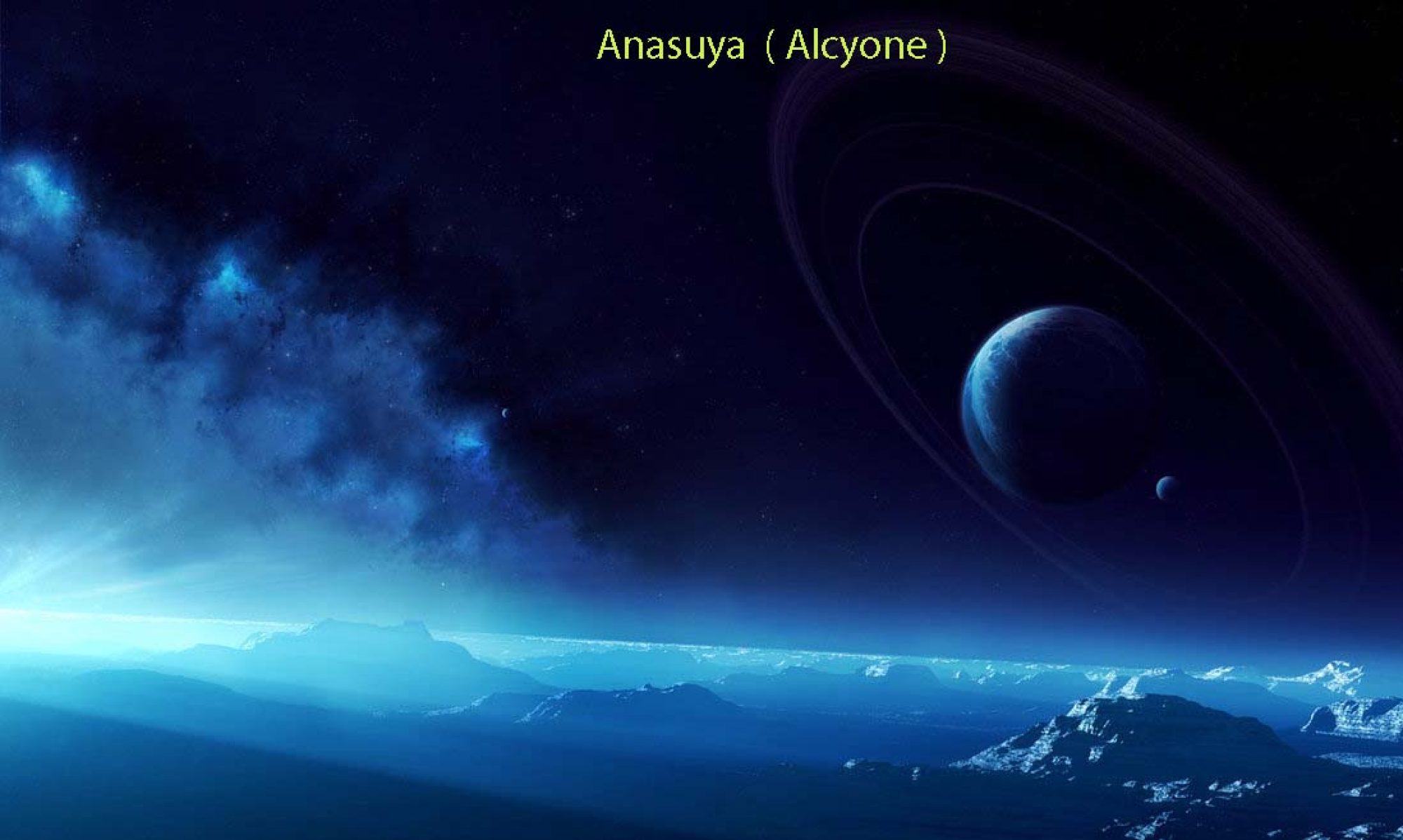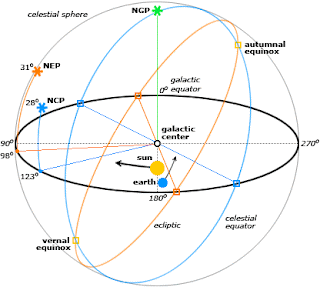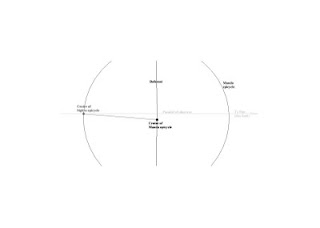The Physics Professor of Florida State University, Dennis Duke remarks
“The planetary models of ancient Indian mathematical astronomy are described in several texts. These texts invariably give algorithms for computing mean and true longitudes of the planets, but are completely devoid of any material that would inform us of the origin of the models. One way to approach the problem is to compare the predictions of the Indian models with the predictions from other models that do have, at least in part, a known historical background. Since the Indian models compute true longitudes by adding corrections to mean longitudes, the obvious choices for these latter models are those from the Greco-Roman world. In order to investigate if there is any connection between Greek and Indian models, we should therefore focus on the oldest Indian texts that contain fully described, and therefore securely computable, models. We shall see that the mathematical basis of the Indian models is the equant model found in the Almagest, and furthermore, that analysis of the level of development of Indian astronomy contemporary to their planetary schemes strongly suggests, but does not rigorously prove, that the planetary bisected equant model is pre-Ptolemaic. “
The mutli step algorithms of Indian Astronomy never approximated any Greek geometrical model. Ptolemy’s Almagest was the first book, according to Western Astronomy. We have now the information that Ptolemy did not invent the equant.
Bhaskara II was an astronomer-mathematician par excellence and his magnum opus, the Siddhanta Siromani (” Crown of Astronomical Treatises”) , is a treatise on Astronomy and Mathematics. His book deals with arithemetic, algebra, computation of celestial longitudes of planets and spheres. His work on Kalana ( Calculus ) predates Liebniz and Newton by half a millenium.
The Siddanta Siromani is divided into four parts
1)The Lilavati – ( Arithmetic ) wherein Bhaskara gives proof of c^2 = a^ + b^2. The solutions to cubic, quadratic and quartic indeterminate equations are explained.
2)The Bijaganitha ( Algebra )- Properties of Zero, estimation of Pi, Kuttaka ( indeterminate equations ) , integral solutions etc are explained.
3)The Grahaganitha ( Mathematics of the planets ).
For both Epicycles
The Manda Argument , Mean Longitude of Planet – Aphelion = Manda Anomaly
The Sheegra Argument, Ecliptic Longitude – Long of Sun = Sheegra Anomaly
and the computations from there on are explained in detail.
4)The Gola Adhyaya ( Maths of the spheres )
Bhaskara is known for in the discovery of the principles of Differential Calculus and its application to astronomical problems and computations. While Newton and Liebniz had been credited with Differential Calculus, there is strong evidence to suggest that Bhaskara was the pioneer in some of the principles of differential calculus. He was the first to conceive the differential coefficient and differential calculus.



